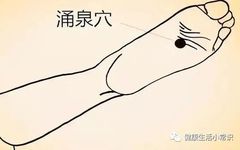As early as two thousand years ago, our ancestors recognized that there are many special sensory points on the human skin. The famous medical classic, Huangdi Neijing (The Yellow Emperor’s Classic of Internal Medicine), written between the 5th century BC and the 1st century AD, pointed out that “the points of qi have their respective names” and recorded the names of 160 acupoints.
The acupoints of the human body are mainly distributed along the twelve primary meridians and the Ren and Du meridians, totaling 361 acupoints, each of which has significant therapeutic effects.
The philosophy of TCM believes that through acupoint massage, one can strengthen the body and prevent diseases. This is because massage can smooth the meridians and regulate bodily functions, thus achieving longevity and health benefits.
In daily life, minor ailments can often be alleviated without medication; simply learning acupoint health massage can effectively relieve diseases.Below is a detailed diagram of the ten most common acupoints and their functions.
Traditional Chinese Medicine: 10 Acupoints for Healing (Detailed Diagrams), Easy to Learn, Recommended for Collection and Sharing
1. Yongquan (Kidney 1)
The location of Yongquan is on the sole of the foot, specifically at the center of the foot, between the second and third metatarsal bones, where a depression appears when the toes are flexed.
Function: Traditional medicine believes that massaging Yongquan can open the orifices, nourish the kidneys, clear heat, and regulate the meridians. It is indicated for conditions such as syncope, heat stroke, pediatric convulsions, epilepsy, headaches, dizziness, insomnia, hemoptysis, sore throat, and loss of voice.

2. Fengchi (Gallbladder 20)
Fengchi is an acupoint of the Gallbladder meridian, located in the neck area, in the depression between the sternocleidomastoid muscle and the trapezius muscle.
Function: Regularly massaging Fengchi can dispel wind-cold and smooth the local meridians. Clinically, it can be used for conditions such as stroke, headaches, dizziness, deafness, tinnitus, and even epilepsy. It is also effective for cervical spondylosis and stiff neck.

3. Fengshi (Gallbladder 31)
Fengshi is an acupoint of the Gallbladder meridian, located on the outer side of the thigh. When standing, the tip of the middle finger, when the arms hang down, is at this acupoint.
Function: Fengshi is a primary acupoint for treating numbness in the lower limbs, especially for pain, numbness, and sensory disturbances on the outer thigh, or for conditions such as post-stroke numbness and hemiplegia.

4. Zanzhu (Bladder 2)
Zanzhu is located on the face, at the inner edge of the eyebrow.
Function: Zanzhu is primarily used to treat headaches, eye redness and swelling, pain, eyelid spasms, tearing in the wind, or dryness of the eyes.
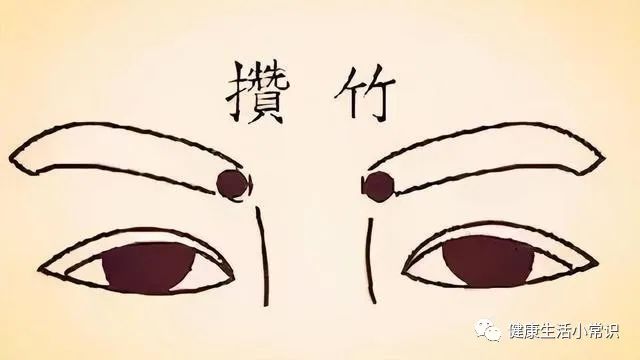
5. Zhongchong (Pericardium 9)
Zhongchong is an acupoint of the Pericardium meridian, located at the tip of the middle finger, making it quite sensitive to needling.
Function: Massaging Zhongchong can treat syncope, febrile diseases, irritability, heart pain, stroke coma, tongue swelling and pain, heat stroke, pediatric night crying, sore throat, and severe headaches.
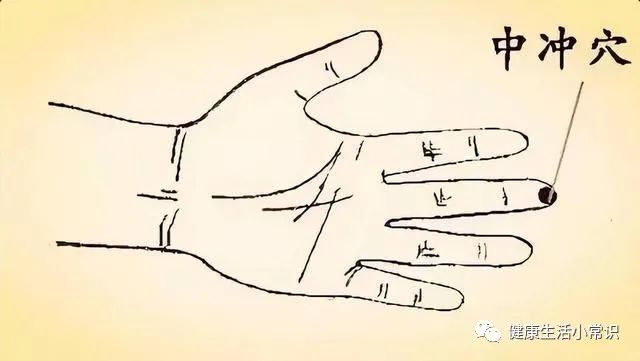
6. Baihui (Governing Vessel 20)
Baihui is located at the intersection of the midline of the head and the line connecting the tips of both ears, where Yang Qi is most concentrated in the body.
Function: Baihui is an important point for regulating brain function, so regular massage can invigorate the mind and open the orifices, providing good therapeutic effects for stroke and meningitis.
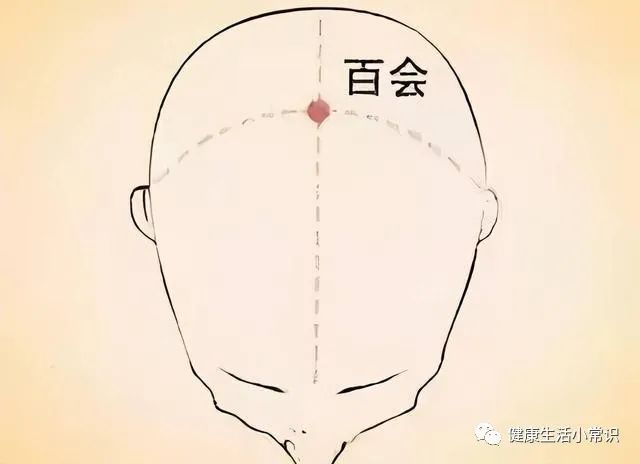
7. Taiyang (Temporal 5)
The correct location of Taiyang is in the temporal region, in the depression about one finger’s breadth behind the outer canthus of the eye.
Function: Massaging Taiyang provides beneficial stimulation to the brain, relieving fatigue, invigorating the spirit, alleviating pain, and maintaining concentration. It is indicated for headaches, migraines, eye fatigue, and toothaches.
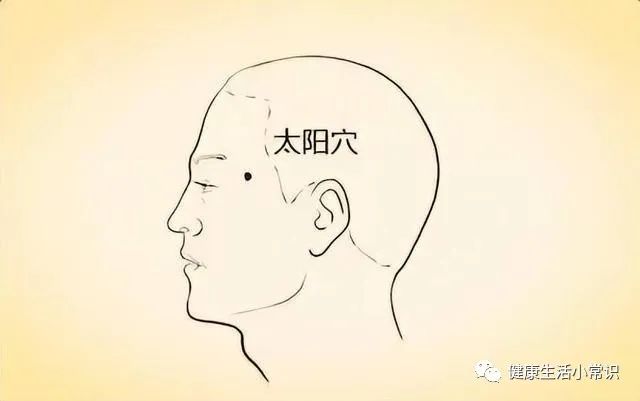
8. Jiaosun (San Jiao 21)
Jiaosun is located on the side of the head, an acupoint of the San Jiao meridian, specifically located at the hairline directly above the ear tip.
Function: Massaging Jiaosun can absorb moisture and clear turbidity, alleviating headaches, ear swelling, eye redness and pain, and toothaches.
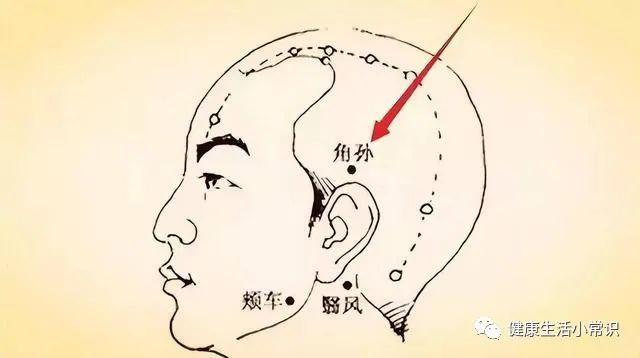
9. Laogong (Pericardium 8)
Laogong is an acupoint of the Pericardium meridian, located in the center of the palm. When taking the acupoint, one should make a fist, and the tip of the middle finger should point to this acupoint.
Function: Laogong has the effects of awakening the spirit and clearing heat, so it is often used clinically to treat stroke, coma, heat stroke, confusion, epilepsy, mania, oral ulcers, halitosis, and sweating or lack of sweating in the palms.

10. Taichong (Liver 3)
Taichong is located on the dorsum of the foot, between the first and second toes.
Function: Massaging Taichong primarily helps to smooth liver qi and regulate qi and blood. It can relieve liver depression, calm the liver, and subdue yang. When patients experience irritability, excessive liver fire, oral ulcers, tinnitus, dizziness, and headaches, massaging Taichong can help reduce liver fire and promote liver qi flow.

Correct Techniques for Acupoint Massage
1. First, locate the acupoint you wish to press.
2. Use the inner joint of your thumb to press down on the acupoint, applying downward pressure.
3. While pressing down, mentally count to 6; by the time you reach 6, your thumb should have penetrated the acupoint.
4. Hold for 2-3 seconds, then count down from 5 to 1, gradually releasing pressure while keeping your thumb on the acupoint for another 2-3 seconds, then repeat the pressing action.
5. Each acupoint should be pressed at least 5 times for effective results.

